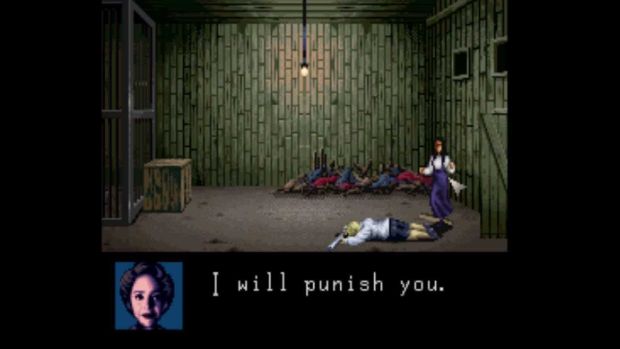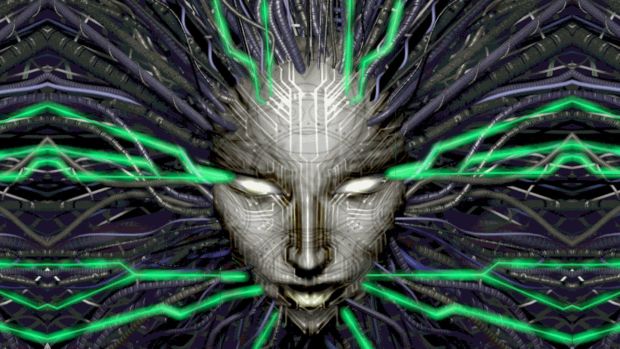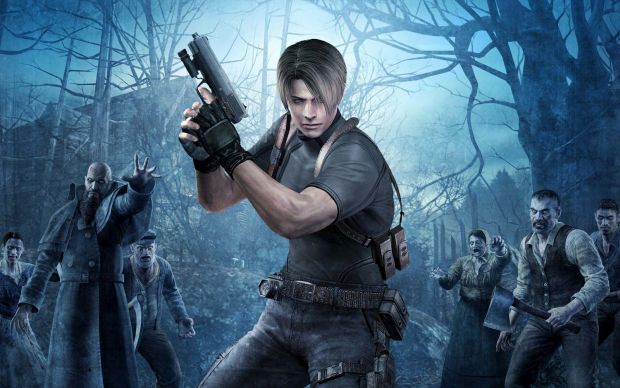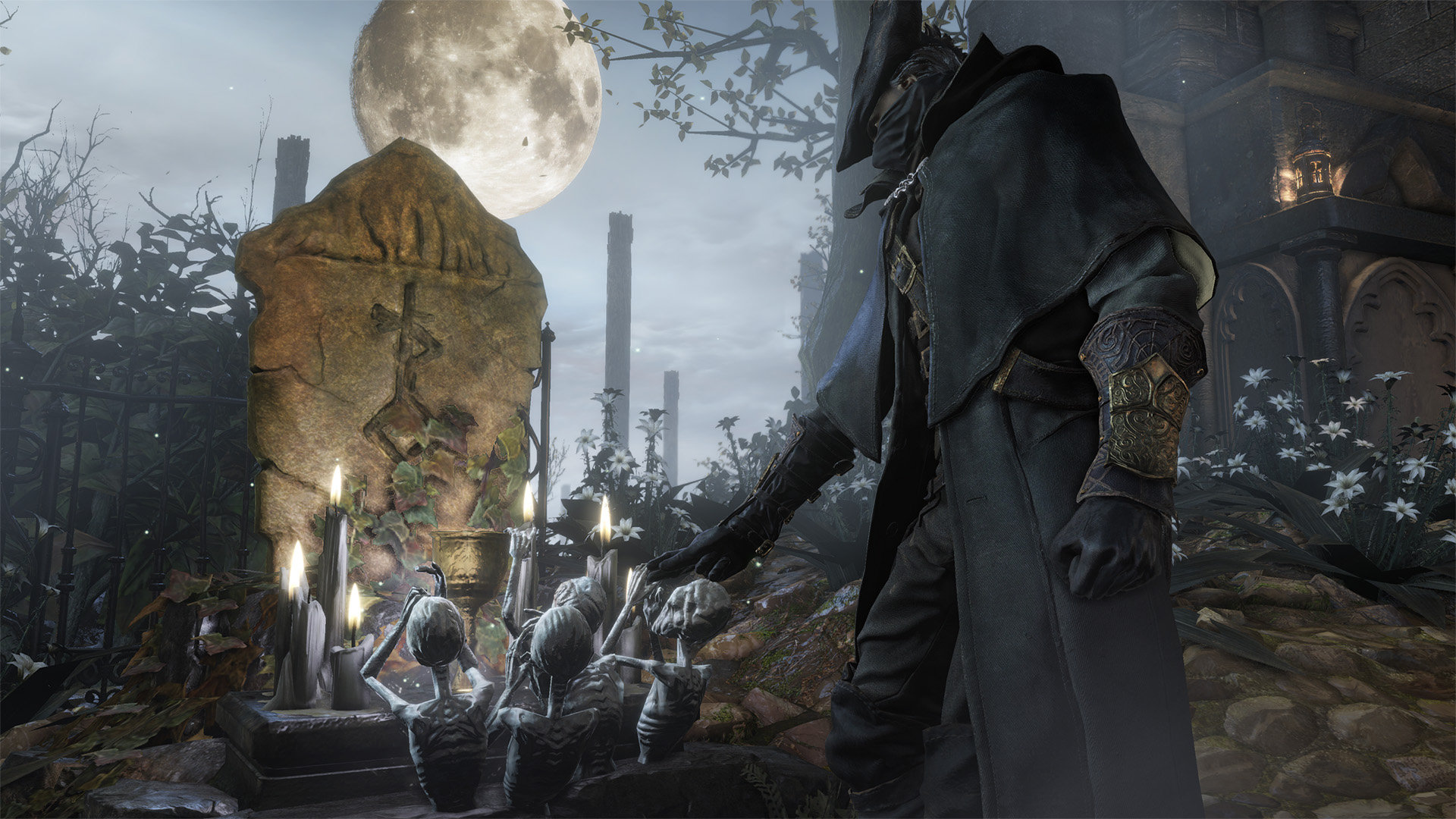
Genres have seen their rise and fall in this hallowed industry. Western RPGs were all D&D and isometric fantasy until The Elder Scrolls series skyrocketed in popularity. Old-school adventure games with their inane puzzles have given way to emotionally-charged decisions around every corner, courtesy of Telltale and Dontnod. We have more than new mechanics – we have new eyes to take it all in.
However, there seems to be one genre that’s seemingly never changed. Sure, its mechanics have “evolved” and become more refined. Hollywood came knocking with a few tips on proper cinematography, direction and atmosphere. Technology showed us just how much more volumetric lighting and dynamic fog could add to a game. But for horror games, the essence has always been fear. Fear of the unknown, the known, violence, bloodshed, psychological torment, childhood trauma, the macabre, the uncomfortably ordinary – the horror genre has pretty much run the gamut in trying to scare you. Like the film industry though, it didn’t all start with jump scares and some sweet VFX to make up that monster. It all began a lot more modestly.
"Releasing in 1989, this Capcom game was actually a role playing title that encouraged you to run away from your foes but still provided options to fight. The fact that it was set in an abandoned mansion would help it serve as the inspiration for the Resident Evil series."
In 1982, Haunted House on the Atari 2600 was a thing. What was it though? Simply put, it was a maze-like title that saw you navigating through a haunted estate, trying to escape with an urn. Unfortunately, the ghost of Mr. Graves was on to you and if he hit you nine times, the game was over. The game itself became a test of survival horror – you had to run away rather than confront your foe face to face. Such an approach was never really explored in gaming before. It wouldn’t be the last time either.
3D Monster Maze also released in 1982 for the Sinclair ZX81 and threw an even bigger terror for you to avoid – a Tyrannosaurus Rex. Navigating a maze was again the key but you had to do so in first person. Notifications would also pop up regarding the Rex’s “anxiety level” which was really a way to tell you stuff like “RUN HE IS BEHIND YOU.” It was yet another case of survival horror but the true predecessor of the genre wouldn’t arrive until Sweet Home. Releasing in 1989, this Capcom game was actually a role playing title that encouraged you to run away from your foes but still provided options to fight. The fact that it was set in an abandoned mansion would help it serve as the inspiration for the Resident Evil series. However, that was in 1996.
From 1992 onwards, the gaming industry began to branch out in all sorts of horror-filled directions. Wolfenstein 3D was about killing Nazis but featured an extreme level of gore never seen in video games before. Alone in the Dark actually kick-started the whole third person adventure/exploration genre before either Resident Evil or Tomb Raider and saw the protagonist fighting various occult forces like zombies with their wits. If anything, Alone in the Dark is the reason why franchises like Silent Hill and Resident Evil exist in the first place due to the number of tropes and puzzles it introduced.
Meanwhile, adventure game developers were getting a bit more gruesome in their projects. The eerie 7th Guest released in 1993 and featured a large amount of pre-rendered 3D graphics. Controversy was caused due to its adult subject matter but that didn’t stop the game from selling two million units (which in those days meant you had a bonafide blockbuster on your hands). Sierra On-Line tried its hand at point and click adventure with Phantasmagoria in 1995 and emphasized full motion video to an unhealthy degree – along with a ton of filming for its live action content, which cast 25 actors in total, it was available on seven discs. It again courted controversy for some of its subject matter and saw bans across the world as a result. Hilariously, it’s controversial subject matter had nothing on The Dreamers Guild when it released I Have No Mouth and I Must Scream for MS-DOS in 1995. Using a combination of psychological horror, torture and the inescapable madness of the human mind, it remained one of those cult classic adventure titles that pushed one’s endurance to the limit.
"Resident Evil was a goldmine for Capcom and it quickly released Resident Evil 2 in 1998 with even better visuals, an awesome story and tons of secrets."
In a rather interesting twist, the Japan-based Human Entertainment brought about Clock Tower for the Super Famicom in 1995. Actually a 2D-based point and click adventure, Clock Tower quickly became known for its tense atmosphere thanks to the Scissorman who would pursue the protagonist throughout the game. Taking inspiration from Italian horror genius Dario Argento, Clock Tower never officially released outside of Japan, though it received an enhanced version in 1997 for the PC and PSOne.
In 1994, another interesting project had taken shape. Looking Glass Studios, with Warren Spector at the helm, created System Shock. This cyberpunk shooter revolutionized a number of different genres, seamlessly combining RPG and FPS mechanics while making great headway with its audio design and atmosphere. System Shock can be credited for kick-starting the RPG/FPS genre which is still alive today with efforts like Deus Ex.
In 1996, Resident Evil finally released, thus birthing two decade old franchise that would include light-gun games, third person shooters, multiplayer titles and much more. Resident Evil didn’t have the most impressive visuals but it featured a fair number of tropes that would become commonplace for years to come like pre-rendered backgrounds, a fixed camera that would “switch” to another perspective if you moved to a different room, and of course, those irritating puzzles. Resident Evil was a goldmine for Capcom and it quickly released Resident Evil 2 in 1998 with even better visuals, an awesome story and tons of secrets.
It wouldn’t be long before other developers jumped on the bandwagon in their unique ways. Squaresoft pushed a different idea with Parasite Eve in 1998, a survival horror title that also utilized an Active Time Bar for its role-playing combat. Kronos Digital’s Fear Effect and Capcom’s Dino Crisis 2 in 2000 tried to give different spins to the traditional survival horror though with more action-laden settings. Fear Effect actually had a pretty strong following with a slight cel-shading approach and full motion video for its backgrounds. Konami also brought out Silent Hill in 1999 and pushed for a more psychological horror setting than Resident Evil. The series quickly rose to fame, eschewing the cheesy setting of Resident Evil for a more refined, atmospheric approach to horror. The rest, as they say, was history but at this point, Silent Hill and Resident Evil were considered the two pillars of horror gaming. At least, on consoles.
"Though the survival horror formula was looking a little tired, neither Konami nor Capcom showed signs of slowing down."
PC developers weren’t resting on their laurels either – Irrational Games and Looking Glass brought out System Shock 2 in 1999 that improved even further on its predecessor and was quickly known as one of the best games ever made thanks to the design of its systems and story-telling which could be discovered by collecting audio logs and material in the environment. Adventure games were on the downturn, punctuated by the failure of Sanitarium in 1998 despite critical acclaim. American McGee quickly made waves with American McGee’s Alice in 2000.
Though the survival horror formula was looking a little tired, neither Konami nor Capcom showed signs of slowing down. Onimusha Warlords was a success on the PlayStation 2 in 2001 while Silent Hill 2 set a new standard for the franchise with its overall production values and story. Capcom was even going back to the well and remaking Resident Evil for the Nintendo GameCube with brand-spanking new visuals and cut scenes. Unbeknownst to most horror fans, Tecmo was making in-roads with Fatal Frame, a psychological horror title that would take inspiration from Japanese spiritual folklore.
Of course, for all the amazing games that came out in this period, Silicon Knights’ Eternal Darkness: Sanity’s Requiem in 2002 made the biggest impression. Its Insanity effects which changed the setting and messed with gameplay mechanics as the characters were exposed to more horrifying events belied its epic story and treatment. It wouldn’t be long before Konami returned to the scene again with the excellent Silent Hill 3.
Such was the popularity of the horror genre that even Rockstar North of Grand Theft Auto fame got in on the action with Manhunt in 2003. Unlike its open world series, Manhunt focused on stealth gameplay with gruesome executions and violence. The series didn’t have a long shelf-life but if anything, it was another impressive entry in the horror genre for its time.
"Even Call of Duty featured zombies as a co-op mode in 2008 with World at War and it would become a major staple (and long-running storyline) for almost a decade."
The hype train for Resident Evil would reach a junction of sorts as fans began clamouring for something different. Resident Evil 4 happened in the nick of time and in 2005, it introduced an over-the-shoulder shooting perspective, relentless action and a new approach to the franchise. It reinvigorated the survival horror genre and spawned its fair share of impersonators. One of those would be Gears of War, though director Cliff Bleszinski distinguished the franchise in many different ways. Speaking of Silent Hill, fans got Silent Hill 4: The Room. It was still a great game but at this point, it became obvious that the series was reaching a creative block of sorts.
Monolith Productions brought about its own horror action title, this one an FPS, in 2005 with F.E.A.R. Coupled with bullet time and a horror presentation that called to mind the Japanese horror genre of legend, F.E.A.R. was a massive success. In the background, PC developer Headfirst Productions had released Call of Cthulhu: Dark Corners of the Earth. Though many didn’t know it, this was perhaps one of the greatest first person horror titles ever made. The true brilliance of its mechanics and perspective would only be understood a few years later when Frictional would release Amnesia: The Dark Descent.
Over the next few years, the horror genre would use a more psychological approach. The Suffering: Ties That Bind, Condemned: Criminal Origins, Penumbra: Overture, Dementium: The Ward and even Dead Space were a number of titles that featured some serious psychological horror, even as some of them were heavy action games. From 2006 onwards, horror started to become “mainstream” in a way. Dead Rising in 2006 would bring us George Romero’s post-apocalyptic zombies in a mall scenario to the Xbox 360. The Darkness in 2007 would feature Jackie Estacado and his tormented nature but was lauded for the extravagant ways that players could maul enemies. Even Call of Duty featured zombies as a co-op mode in 2008 with World at War and it would become a major staple (and long-running storyline) for almost a decade.
"We had Amnesia: The Dark Descent to win us over with its simplistic story-telling, stealth mechanics and terrifying scenarios. In a way, Amnesia started a slow revival of horror adventure titles over the years."
Elsewhere, the horror genre wasn’t exactly setting worlds on fire. F.E.A.R. 2: Project Origin tried to make up for the shabby spin-offs and expansions following the first game and managed to muster a bit of interest, even though it was a pretty good game. Resident Evil 5 in 2009 saw Capcom right back where it started as fans complained of the tank-like third person controls becoming tired and dated. Wolfenstein, which had a number of different remakes over the years, returned in 2009 but had now become an open world, resistance-themed title mixed with magic.
In 2010, a few noteworthy games succeeded in keeping the genre alive in the absence of a great Silent Hill or Resident Evil (and no, it wasn’t Alone in the Dark, which pretty much floundered after its fourth game in 2001). Deadly Premonition introduced us to the wacky yet terrifying world of Access Games in 2010 while Metro 2033 had a decidedly different take on survival horror, taking place in a far-flung Moscow teeming with post-nuclear monsters and challenging players to ration ammo. Alan Wake didn’t live up to the hype, pure and simple, when it released in 2010 for the Xbox 360 but we had Amnesia: The Dark Descent to win us over with its simplistic story-telling, stealth mechanics and terrifying scenarios. In a way, Amnesia started a slow revival of horror adventure titles over the years.
Action junkies didn’t have to worry all that much. Call of Duty: Black Ops saw the return of Zombies mode in 2010 while Dead Space 2 further upped the ante over the original in terms of violence and controversial enemies (can you say “Necromorph Children”?). Then there was Grasshopper Manufacture’s Shadows of the Damned which featured its fair share of underworld abominations but in a tongue-in-cheek manner. Dead Island caught many a player’s attention with its impressive reveal trailer…and turned into an open world zombie slasher on release.
"It may not be as storied or revolutionary but there are still plenty of tricks the industry has left for making us fear the dark."
The next few years weren’t really noteworthy aside from the disappointments. Alice: Madness Returns, F.E.A.R. 3, Rise of Nightmares, Amy, Silent Hill Downpour, Dead Rising 2, Resident Evil 6, The Darkness 2 and many more just didn’t deliver that same horror magic of yester-years. Sure, we had efforts like The Last of Us and Metro: Last Light, not to mention Slender: The Eight Pages and Outlast, but it’s amazing to look back and note some of the cooler horror titles that the earlier decades held.
Things are looking up these days though. Bloodborne was an excellent hack and slash horror title while SOMA and Until Dawn delivered some fantastic adventure gaming with the highest production values. Dying Light also showed us that the Dead Island formula could indeed work (it just had to not be Dead Island and offer tons of awesome mods) and Wolfenstein: The New Order/The Old Blood delivered a brand new grindhouse of blood and gore.
While this may be the era of Five Nights at Freddy’s or even the cancellation of P.T., the future is bright for horror games. It may not be as storied or revolutionary but there are still plenty of tricks the industry has left for making us fear the dark. Some games to look forward to include Allison Road, DOOM, Outlast 2, Friday the 13th, What Remains of Edith Finch, Routine and many more.



















